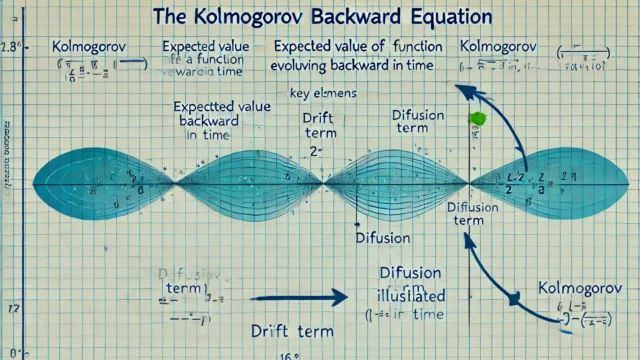Nonlinear Dynamical Systems: Detailed Explanation, Proofs, and Derivations
Nonlinear dynamical systems are systems in which the change in the state of the system is not directly proportional to the current state. These systems exhibit a range of complex behaviors, including bifurcations, chaos, and strange attractors.
Definition of a Nonlinear Dynamical System
A nonlinear dynamical system can be described by a set of differential equations: $$ \dot{\mathbf{x}} = \mathbf{f}(\mathbf{x}), $$ where \( \mathbf{x} \in \mathbb{R}^n \) is the state vector and \( \mathbf{f}: \mathbb{R}^n \to \mathbb{R}^n \) is a nonlinear function.
Examples of Nonlinear Dynamical Systems
1. **Logistic Map**: The logistic map is a simple model of population growth: $$ x_{n+1} = rx_n (1 – x_n), $$ where \( r \) is a parameter and \( x_n \) represents the population at generation \( n \).
2. **Lorenz System**: The Lorenz system is a set of three differential equations that model atmospheric convection: $$ \dot{x} = \sigma (y – x), \\ \dot{y} = x (\rho – z) – y, \\ \dot{z} = x y – \beta z, $$ where \( \sigma, \rho, \beta \) are parameters.
Bifurcations
Bifurcations occur when a small change in the parameter values of a system causes a sudden qualitative change in its behavior. One common type of bifurcation is the period-doubling bifurcation, which can lead to chaos.
Chaos and Sensitivity to Initial Conditions
Chaos is a property of some nonlinear dynamical systems in which small differences in initial conditions lead to exponentially diverging trajectories. This is often quantified using Lyapunov exponents. A positive Lyapunov exponent indicates chaos.
Lyapunov Exponents
The largest Lyapunov exponent is given by $$ \lambda = \lim_{t \to \infty} \frac{1}{t} \ln \frac{\| \delta \mathbf{x}(t) \|}{\| \delta \mathbf{x}(0) \|}, $$ where \( \delta \mathbf{x}(t) \) is an infinitesimal perturbation of the trajectory.
Strange Attractors
A strange attractor is a fractal structure in the phase space of a dynamical system that represents a state toward which the system evolves over time. The Lorenz attractor is a well-known example of a strange attractor.
Derivations and Proofs
Stability of Fixed Points
Consider a nonlinear dynamical system with a fixed point \( \mathbf{x}^* \), such that \( \mathbf{f}(\mathbf{x}^*) = 0 \). The stability of the fixed point can be analyzed using the Jacobian matrix \( \mathbf{J}(\mathbf{x}) = \frac{\partial \mathbf{f}}{\partial \mathbf{x}} \).
The linearized system near the fixed point is $$ \dot{\mathbf{x}} = \mathbf{J}(\mathbf{x}^*) \mathbf{x}. $$ The eigenvalues of the Jacobian matrix determine the stability of the fixed point. If all eigenvalues have negative real parts, the fixed point is stable. If at least one eigenvalue has a positive real part, the fixed point is unstable.
Example: Stability Analysis of the Logistic Map
The logistic map is given by $$ x_{n+1} = rx_n (1 – x_n). $$ The fixed points are found by setting \( x_{n+1} = x_n = x^* \): $$ x^* = 0, \\ x^* = 1 – \frac{1}{r}. $$ To analyze the stability, we compute the derivative of the map at the fixed points: $$ f'(x) = r – 2rx. $$ For \( x^* = 0 \): $$ f'(0) = r. $$ The fixed point is stable if \( |r| < 1 \).
For \( x^* = 1 – \frac{1}{r} \): $$ f’\left(1 – \frac{1}{r}\right) = r – 2r\left(1 – \frac{1}{r}\right) = 2 – r. $$ The fixed point is stable if \( |2 – r| < 1 \), which gives \( 1 < r < 3 \).





